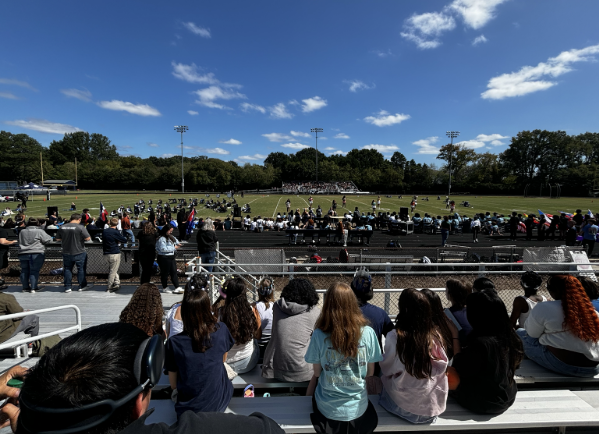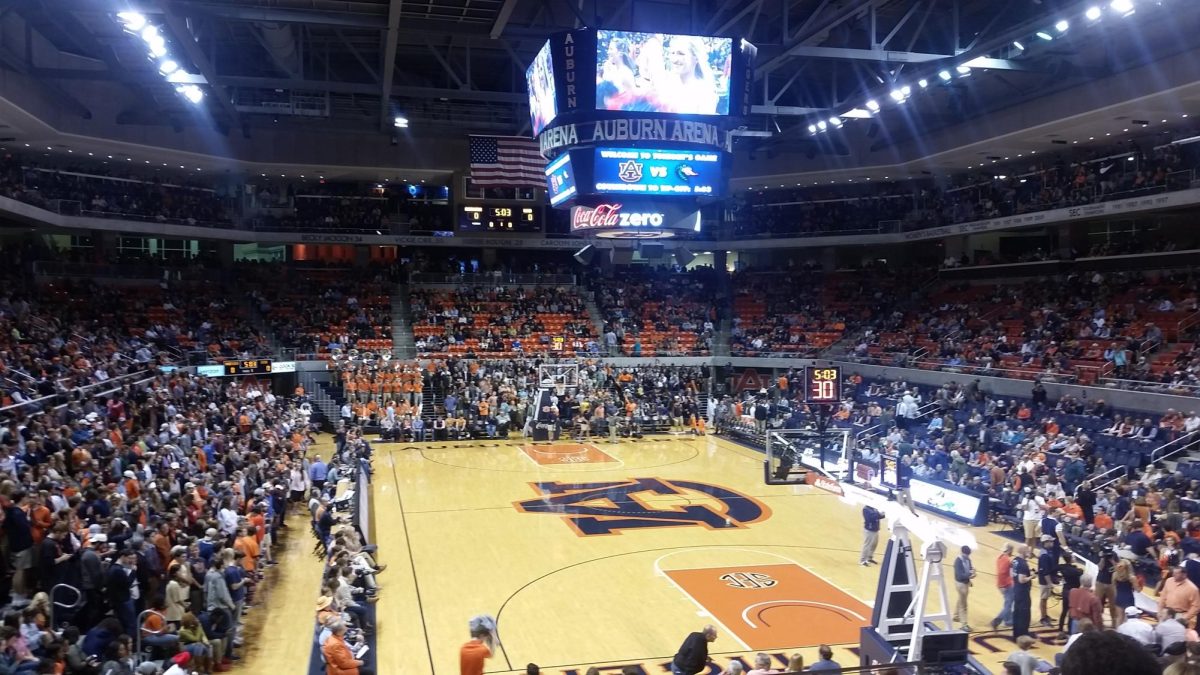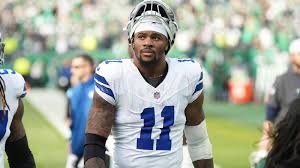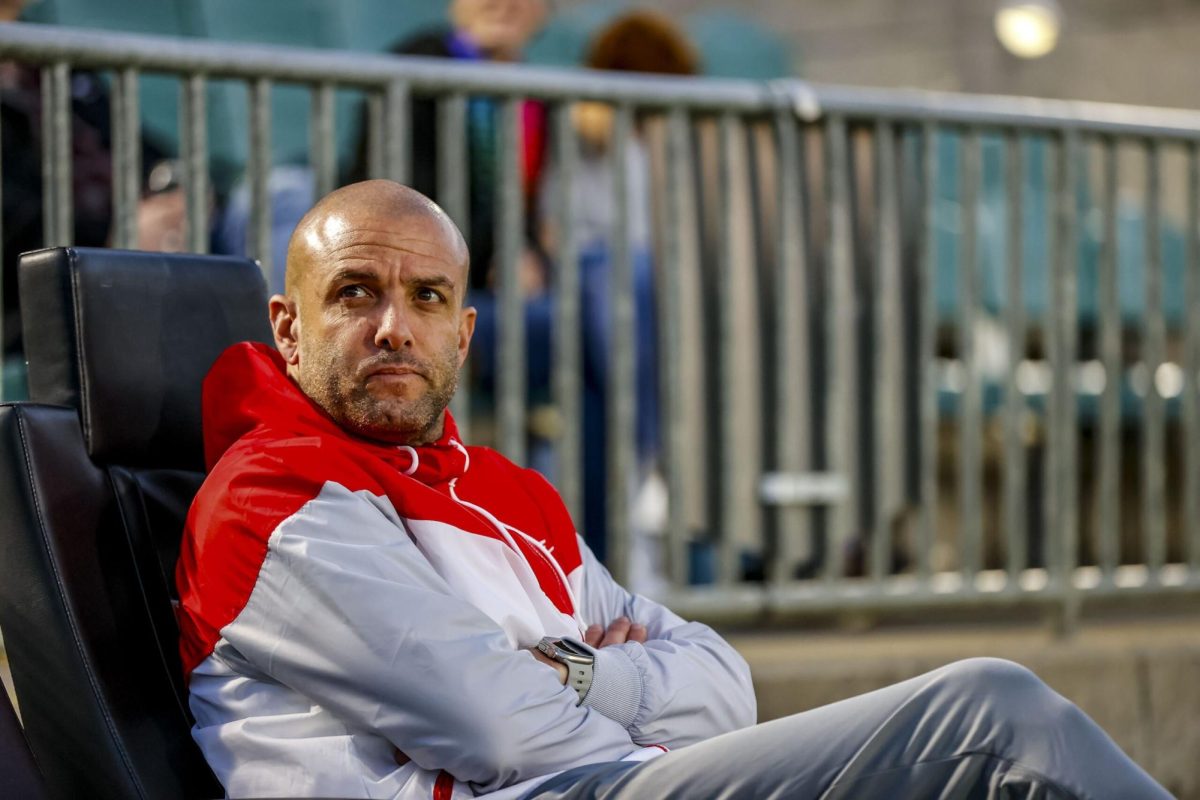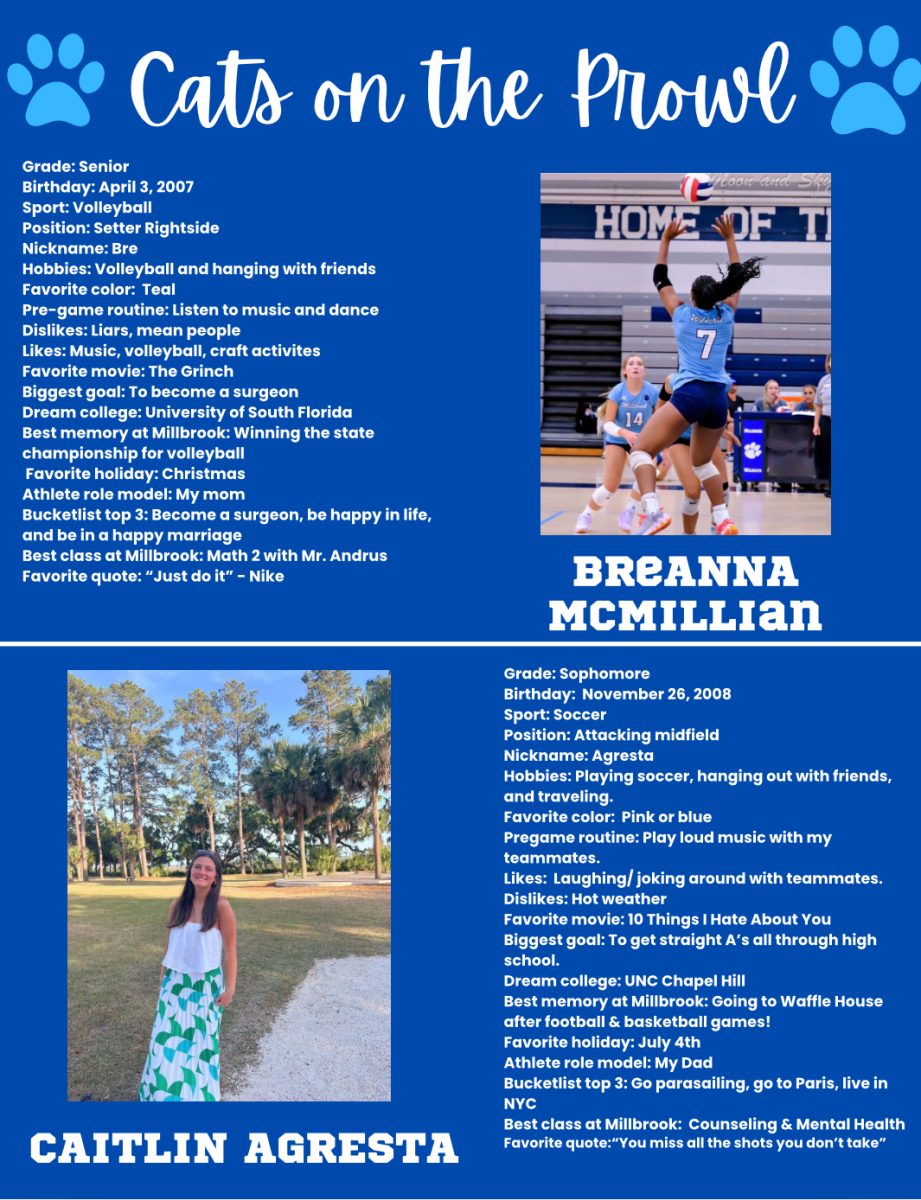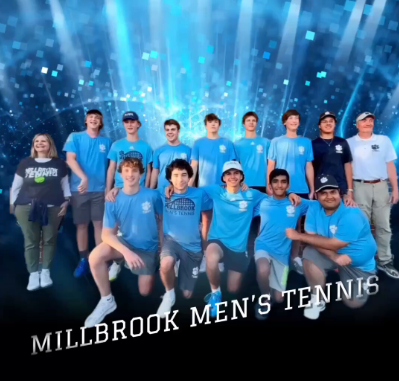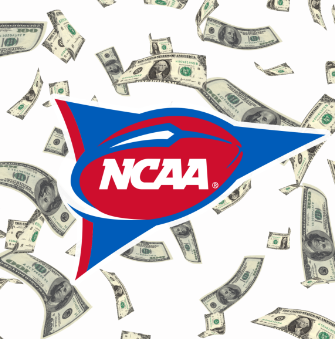
In the past couple of years, the face of college athletics has gone under a seismic shift with the introduction of the Name, Image, and Likeness (NIL) rights and the transfer portal. These two groundbreaking changes are reshaping the college game and how athletes engage with their sports. Schools look to be on the rise as their personal brands boost from these revelations. However, many long-time lovers of the sport despise these changes. Let’s dive in.
According to sources at Investopedia, NIL allowed college athletes to make money from the commercial use of their name, image, and likeness as a result of the NCAA rules introduced in the summer of 2021. This meant athletes were now given the opportunity to gain endorsements, social media promotions, and to gain money from their school’s brand. This new territory has had a profound impact on recruitment, team dynamics, and sharp player turnover rates.
Along with the fresh set of NIL rules, the NCAA also introduced changes to the transfer rules, which allowed athletes to transfer between schools without having to sit out a season. While this may seem like a small change to the casual viewer, this is massive for players and coaches alike. Now, players can up and leave their schools high and dry to go out and gain more money or playing time from another school. College stars like Carson Beck, Quinshon Judkins, and John Mateer have taken advantage of this opportunity, with large payouts, but in some cases like Judkins’, less playing time. He is a prime example of students leaving their school for the exposure they can gain in other locations, with programs that have more money and resources to get their name flowing through the media.
The challenges of navigating the new world of college football have destabilized some teams and programs, with coaching staffs having to trudge through the mess of the influx of new players coming in and out. Recruiting has also shaped itself differently than before. Coaches are now not only looking for talent, but players who have media potential to bring revenue into the school. These new freedoms have altered the balance of power in college sports from the higher ups into the hands of the players.
As I mentioned, long time fans are less than thrilled about the new realm of NIL. One person that has been around the college world long enough to have an important opinion is Nick Saban. Saban was a prominent college head coach at Tolede, Michigan State, LSU, and most widely known, Alabama. He compiled a 292-71-1 record through his head coaching career and has produced many successful NFL players. According to the Bleacher Report, Saban had some strong feelings about NIL. “All things that I believed in, for all these years, 50 years of coaching, no longer exist in college athletics…It was always about developing players, helping people be more successful in life outside of college.” Saban said this months after his departure from Alabama after 16 years as their head coach. He also shared that the job was getting more difficult, and that the transfer portal and NIL dealings were a primary part of his decision to step down.
Opposite him is Warde Manuel, the Michigan Athletic Director. He has been an outward supporter of NIL saying, “NIL is something I’ve been a proponent of since the concept was first raised.” Ironically, after NIL was in place Michigan rose above and won the National Championship a couple years after, and other schools like Ohio State, Duke, Miami, and Notre Dame have gained insane amounts of money, while programs have been losing their base in the process.
All in all, NIL rights and the transfer portal have undeniably transformed college athletics which leaves the question of whether it was for better or worse. As the world of college sports continues to evolve onto this new realm, it will be rather fascinating to see how these new power dynamics and opportunities continue to shape aspects of recruitment, player movement, and the NCAA. One thing is for certain: as Saban said, college athletics will never be what they used to be, and the true impact of these changes will unfold, and only time will tell the implications NIL will ultimately have.




